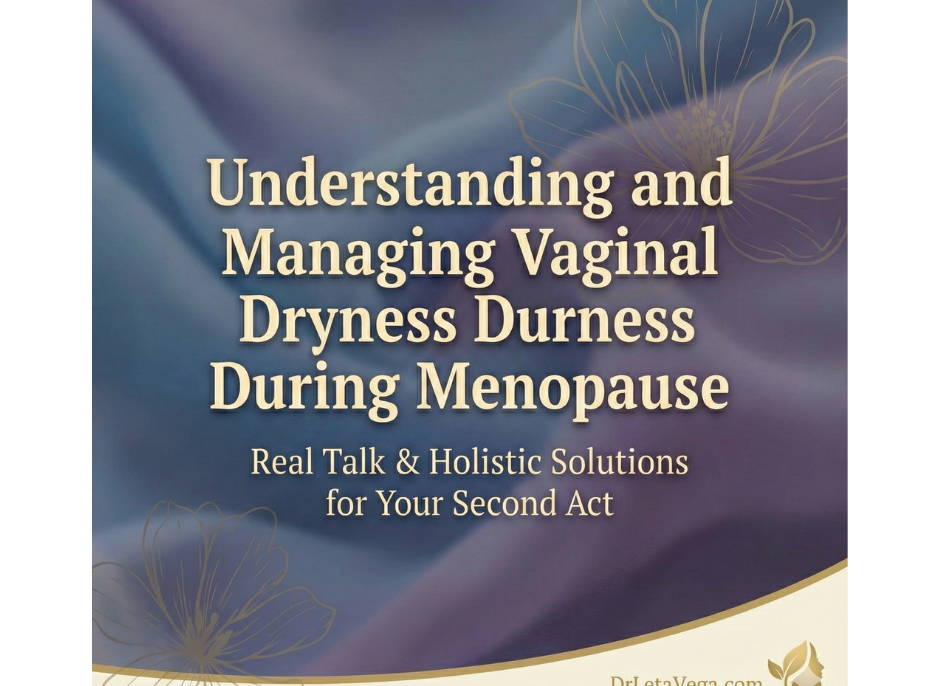Understanding and Managing Vaginal Dryness During Menopause
Menopause is a natural phase of life for women, typically occurring between the ages of
45 and 55. While it’s often associated with symptoms like hot flashes and mood
changes, one common but less talked-about issue is vaginal dryness. This condition
can significantly affect a woman’s comfort, intimacy, and overall quality of life—but the
good news is that it’s manageable with the right knowledge and support.
What Causes Vaginal Dryness?
Vaginal dryness during menopause is primarily caused by a decline in estrogen levels.
Estrogen plays a key role in maintaining the thickness, elasticity, and lubrication of the
vaginal walls. As hormone levels drop, the vaginal lining becomes thinner, drier, and
less elastic. This can result in symptoms such as itching, burning, discomfort during
intercourse (dyspareunia), and even minor bleeding.
This change is medically referred to as genitourinary syndrome of menopause
(GSM) and can also be associated with urinary symptoms such as urgency or recurrent
urinary tract infections.
Why It Matters
Vaginal dryness isn’t just a physical discomfort—it can have emotional and relational
impacts too. Women may feel embarrassed, anxious about intimacy, or frustrated with
how their body is changing. Importantly, these feelings are completely valid, and
seeking help is not only normal but encouraged.
Treatment Options
The good news is that there are many safe and effective treatments for vaginal
dryness:
- Over-the-Counter Lubricants and Moisturizers: These are often the first line of
defense. Lubricants are used during intercourse to reduce friction, while
moisturizers can be applied regularly to maintain vaginal hydration. - Prescription Estrogen Therapy: For more persistent symptoms, local estrogen
treatments (like vaginal creams, tablets, or rings) can restore moisture and
elasticity with minimal systemic absorption. This makes them a safe option for
many women, though consultation with a healthcare provider is essential. - Non-Hormonal Prescription Options: These include medications like
ospemifene, which mimic estrogen’s effects on vaginal tissue without being
hormone-based. - Lifestyle Adjustments: Staying sexually active (with or without a partner) can
help maintain vaginal health. Avoiding irritants like perfumed soaps or douches is
also important. Regular exercise, a healthy diet, and adequate hydration support
overall hormonal balance and tissue health.
When to See a Doctor
If vaginal dryness is affecting your daily life or intimacy, it’s time to talk to your doctor.
No symptom is “too small” to address. Open conversations can lead to effective
solutions and improved quality of life.
Final Thoughts
Menopause is a significant life transition, and every woman experiences it differently.
Vaginal dryness, while common, is not something anyone has to simply “put up with.”
With proper care, support, and available treatments, women can continue to lead
vibrant, comfortable, and fulfilling lives through and beyond menopause.
If you’re experiencing symptoms, don’t hesitate—reach out to your healthcare provider
and explore your options. You’re not alone, and relief is possible.



